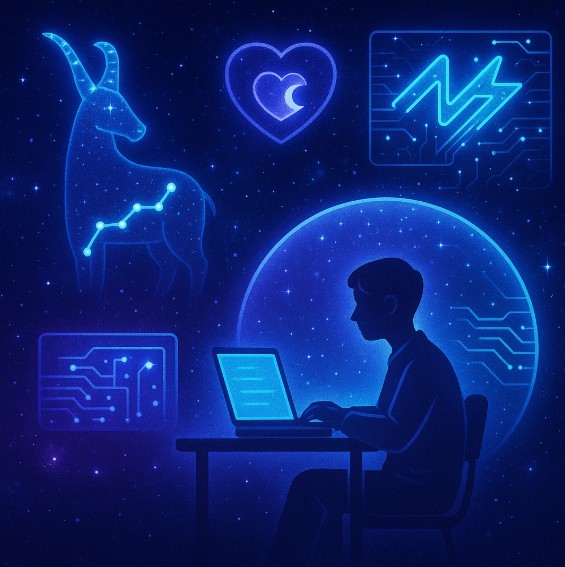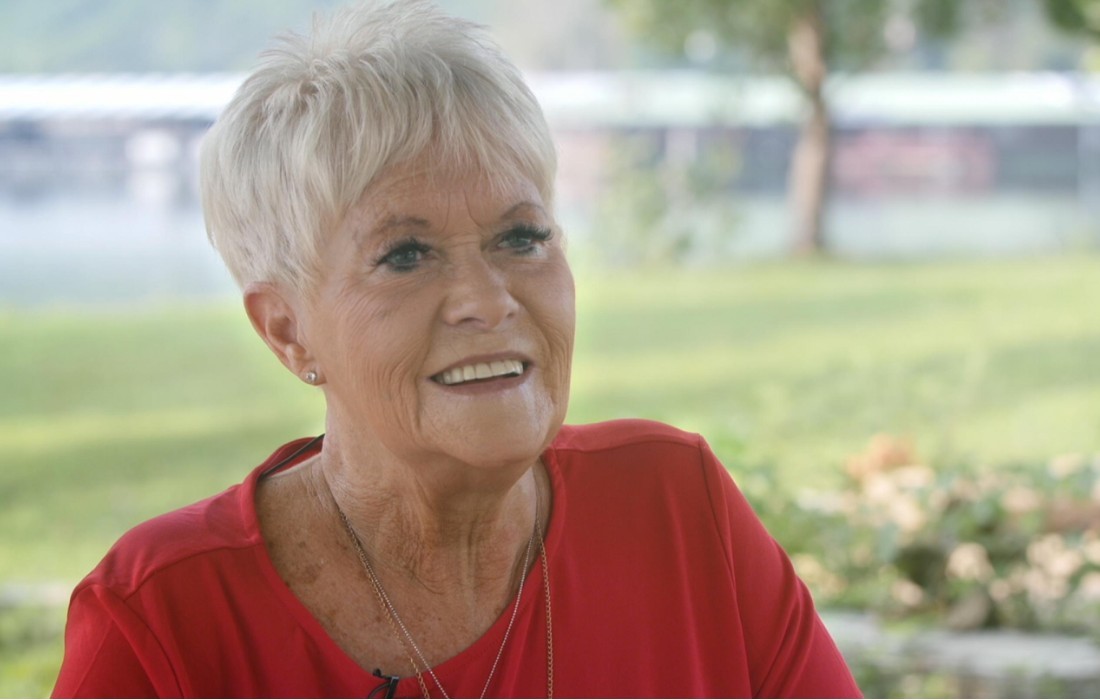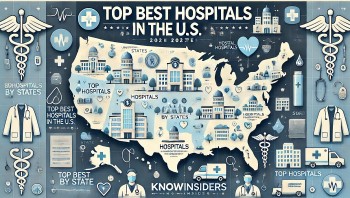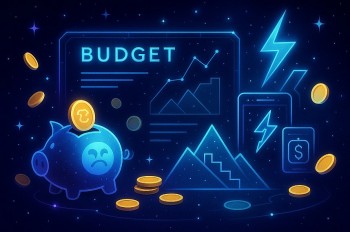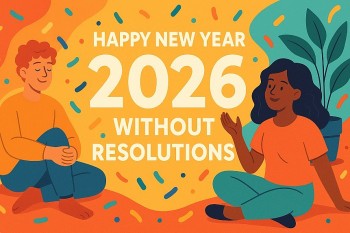Top 10 Largest NGOs in the World 2025: Filling the Void Left by USAID
The Evolving Landscape of Global Aid
In 2025, the global aid landscape underwent a seismic shift with the dissolution of the United States Agency for International Development (USAID). Established in 1961, USAID had been a cornerstone of international development, channeling approximately $43.4 billion annually to over 130 countries. Its abrupt closure left a significant void in humanitarian and development assistance worldwide.
The termination of USAID led to a reevaluation of global aid structures. While some governments reduced their overseas development assistance (ODA), non-governmental organizations (NGOs) stepped up to address the growing needs. These NGOs, both longstanding and emerging, have expanded their operations and influence to mitigate the impact of reduced governmental aid.
| NGOs are no longer just “non-governmental.” Many operate as full-blown global institutions: high-tech, politically savvy, and ruthlessly outcome-driven. The top ten players in 2025 collectively influence over $70 billion in aid flows annually—more than the GDP of some small nations. |
The Top 10 Largest NGOs in 2025
1. BRAC (Bangladesh Rural Advancement Committee)
 |
| Bangladesh Rural Advancement Committee, BRAC, is an international NGO from the global south |
Still the largest Southern-led NGO on Earth. Born in post-war Bangladesh in the 1970s, BRAC now runs programs in over a dozen countries across Asia and Africa. Its core strength? Scaling grassroots solutions into national systems. From education to microfinance to health, BRAC’s model has become a template for development after USAID.
-
2025 budget: $3.1 billion
-
Presence: 13 countries
-
Flagship focus: Ultra-poor graduation programs, rural education, social enterprise
2. Médecins Sans Frontières (Doctors Without Borders)
 |
| Doctors Without Borders |
When health systems collapse, MSF shows up. Conflict zones. Disease outbreaks. Refugee crises. MSF’s fierce independence—refusing most government funding—makes it nimble, and its frontline credibility is unmatched. In 2025, it led emergency medical responses in Gaza, Haiti, and Sudan simultaneously.
-
2025 budget: $2.4 billion
-
Presence: 70+ countries
-
Flagship focus: Emergency healthcare, epidemics, war zones
3. World Vision International
With its evangelical roots, World Vision has built a massive global footprint, particularly among Christian donors. Despite criticism for its faith-based approach, it remains one of the most powerful child-focused NGOs in the world. Post-USAID, it has expanded its cash-transfer and child protection programming.
-
2025 budget: $2.3 billion
-
Presence: 100 countries
-
Flagship focus: Child sponsorship, education, disaster relief
4. The International Rescue Committee (IRC)
Founded by Albert Einstein, the IRC has become a powerhouse in refugee aid and post-conflict recovery. After USAID’s shutdown, the IRC absorbed multiple contracts and staff through its ties to European donors and private philanthropies like Open Society Foundations and MacKenzie Scott’s fund.
-
2025 budget: $2.2 billion
-
Presence: 40+ countries
-
Flagship focus: Refugee protection, economic recovery, crisis response
5. CARE International
CARE, famous for its post-WWII “CARE Packages,” has transformed into a fierce advocate for women’s rights and climate resilience. Post-USAID, CARE doubled down on feminist humanitarianism and locally-led response models.
-
2025 budget: $1.8 billion
-
Presence: 90 countries
-
Flagship focus: Women’s empowerment, food security, climate adaptation
6. Save the Children
 |
| Save the Children |
One of the oldest and most recognizable NGOs, Save the Children has stayed relevant by pivoting hard into digital education and child-focused cash programming. In 2025, it launched a global AI-powered early learning platform for displaced children.
-
2025 budget: $1.7 billion
-
Presence: 120 countries
-
Flagship focus: Child health, education, crisis response
7. Catholic Relief Services (CRS)
CRS weathered the post-USAID storm by deepening its Vatican-backed support and tapping into domestic U.S. diocesan networks. Its agricultural programs in Sub-Saharan Africa and urban slum health initiatives have grown steadily.
-
2025 budget: $1.6 billion
-
Presence: 100+ countries
-
Flagship focus: Agriculture, HIV/AIDS, water & sanitation
8. Mercy Corps
Mercy Corps has become the NGO of choice for tech-based development. It leads the charge in digital cash, remote monitoring, and crypto-financed humanitarian aid. With Silicon Valley donors backing it, Mercy Corps looks like a startup in mission gear.
-
2025 budget: $1.5 billion
-
Presence: 40+ countries
-
Flagship focus: Digital cash aid, climate resilience, market systems
9. Islamic Relief Worldwide
This UK-based NGO has gained clout as the go-to responder in Muslim-majority conflict zones. It has grown steadily in Yemen, Syria, and Pakistan, partly by positioning itself as a trusted local actor in contexts where Western NGOs face legitimacy gaps.
-
2025 budget: $1.3 billion
-
Presence: 50 countries
-
Flagship focus: Emergency response, Islamic social finance (zakat), orphans
10. Plan International
Focused on children and girls, Plan has embraced a rights-based approach to development. Its post-USAID expansion has been strongest in Latin America and West Africa, where it’s led innovative programming in adolescent health and youth-led governance.
-
2025 budget: $1.2 billion
-
Presence: 75 countries
-
Flagship focus: Girls’ rights, youth leadership, education
What Sets This Era Apart
Three major shifts define the NGO ecosystem in 2025:
South-led models are scaling fast. BRAC’s leadership is no longer the exception.
Private wealth is now central to aid. Jeff Bezos’ Earth Fund, MacKenzie Scott’s gifts, and regional billionaires fund more than entire government agencies used to.
Localization is no longer a slogan. The best NGOs in 2025 aren’t the ones with the biggest HQs in Geneva or D.C. They’re the ones that shift power and money directly to local teams.
Looking Ahead
The disappearance of USAID marks the end of a certain era of Western-dominated development aid. But the rise of these top ten NGOs proves that international solidarity hasn’t vanished—it’s just evolved. The future of aid looks more diverse, more decentralized, and more driven by field-tested pragmatism than top-down geopolitics.
And in this world, the biggest players are the ones that can move fast, stay grounded, and still dream big.






